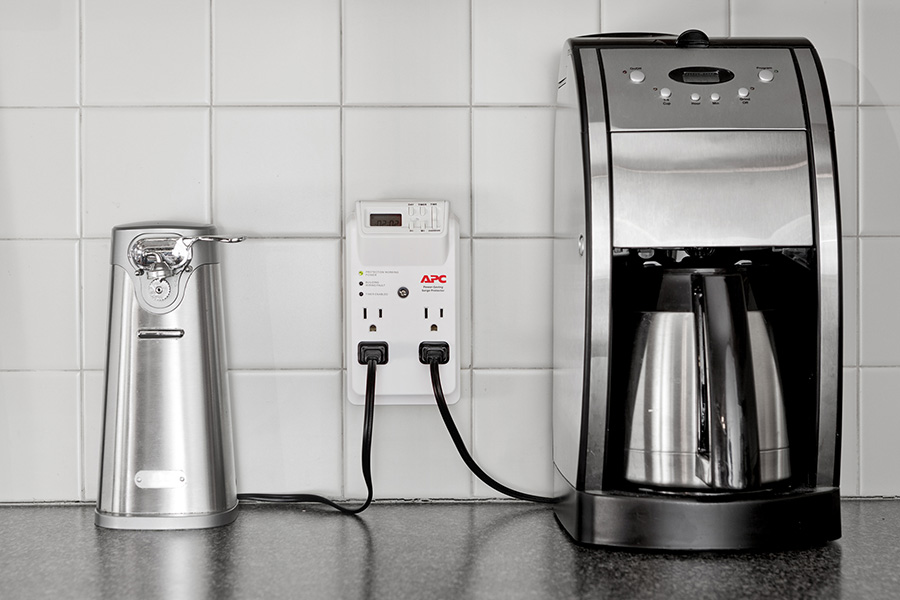Around the world, more smart home appliances than ever are installed every day, either in the form of home appliances or smart, network-enabled devices. Indeed, the smart home appliances market is expected to reach US$38 billion globally by next year with rapid growth projected over the next few years.
As you can imagine, these expensive devices can be damaged by destructive power surges and should hence be protected. We outline some ways where power surges can happen.
Lightning Strikes
The most common form of power surges would probably be from lightning strikes. An untimely lightning strike on a house or an apartment block will likely result in damaged electronics. According to a blog post by Helen Ding of Schneider Electric, there were almost 9 billion lightning strikes documented annually over the last five years, though some places such as Southeast Asia get more than their fair share.
One such place is none other than the city-state of Singapore, which is known as a lightning capital with an astounding 168 thunderstorm days per year. On the plus side, the risk of power surges stemming from physical damage to utility lines – a common occurrence elsewhere – is non-existent in Singapore, given the exclusive reliance on underground power cables around the island.

Power Restoration After An Outage
Power surges can also be triggered by the restoration of power after an outage. As power comes back on in the wake of an outage, the burst of power can damage electronic appliances around the house. Power blackouts are more common in some regions than in others, but they continue to happen.
Of course, flipping the switch on heavy-duty appliances when a power outage happens can sidestep this problem, though power outages that happen in the day may mean that family members may not be around to do so.

Internal Power Surges
Finally, power surges can happen when certain appliances such as refrigerators and air conditioners with motors or compressors power on or off. This happens more commonly than you think and can create a surge of power either to the appliance or the diversion of power to other devices – potentially damaging them.
Indeed, even smaller devices such as hair dryers and vacuum cleaners can draw enough power to cause surges. While a single surge here may not destroy your smart home appliance, the cumulative effect can degrade and cause damage to your appliances over time.
Defending Against Power Surges
The primary way of protecting yourself from power surges would be through dedicated devices known as surge protectors. Surge protectors can be adapters you plug into a power outlet, or power strips with built-in surge protection functionality. Another option for more expensive home appliances would be to use a UPS. Those made by APC by Schneider Electric, for instance, offer surge protection alongside the ability to provide backup power in a blackout.
Regardless of whether you opt for a surge protector or UPS, these small investments can offer substantial protection for your smart home by offering continual protection over the years to give you peace of mind against power surges damaging your electronics.
You can learn more about choosing the right surge protectors for your smart home here.






